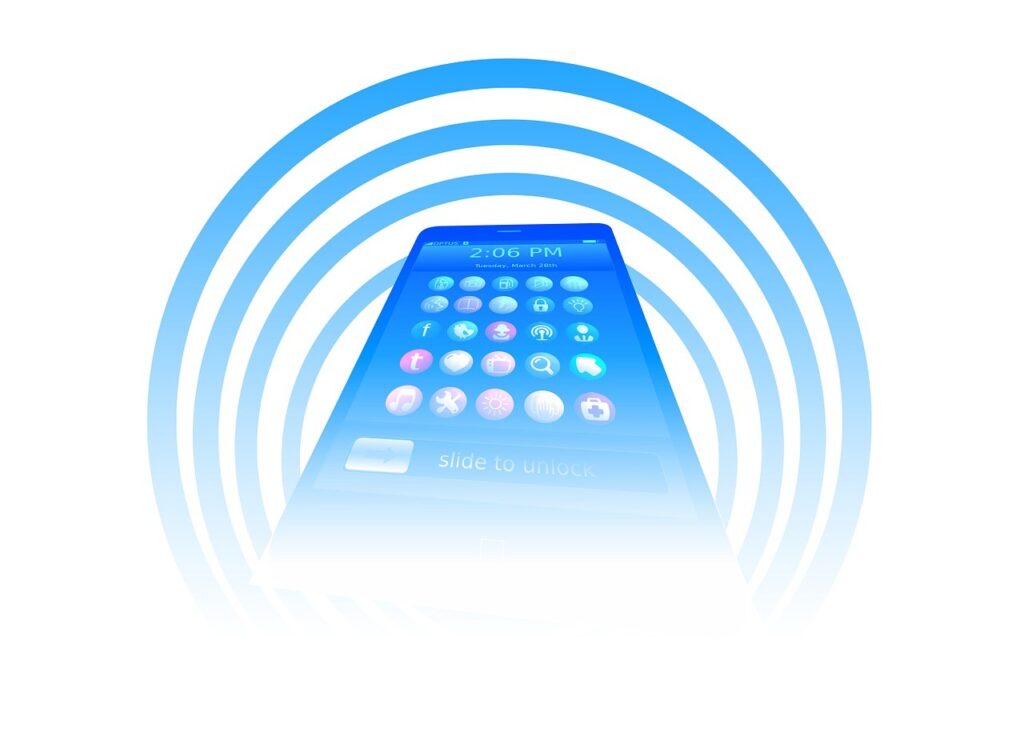Why does the sun appear white at noon? We see a reddish tinge when the sun is rising and a white tinge when the sun is setting. The reason for this is the light from the sunlight must travel through most of the atmosphere to reach our eyes. Yellow is the color most commonly associated with the sun, but in fact, the sun can appear many different colors over the course of 24 hours.
It is not a myth that the sun is white at noon. This phenomenon is caused by the sun being directly overhead, which means that it travels through the least amount of air. This means that the light is less likely to get scattered, resulting in a whitish appearance. Therefore, it is not surprising that light from the noon sun is more yellow than at other times of the day. The fact that it is so much more luminous at noon also contributes to its blue color.
This phenomenon is explained by the fact that the sunlight travels through the least amount of air during noon. This means that the light reaches us from the sun with the least scatter. Because the light travels through the shortest distance in the atmosphere, it becomes white. The fact that it is so much more light efficient at noon means that it is more likely to be reflected into our eyes. And if you want to know why the sun appears white at noon, this is the best way to understand it.
Noon is the time when the sun is almost directly overhead. This means that sunlight passes the shortest distance through the atmosphere. Hence, the light is less scattered during noon, so it looks white. Unlike during the afternoon and morning, the midday sun is not visible when it’s overcast. We must wear hi-tech eye protection when observing it.
The sun is whiter at noon because of its shorter distance in the atmosphere. Because of this, the light from the sun at noon is scattered the least in the atmosphere. However, this does not mean that the sun is more visible at noon. But it is certainly the most visible. Its yellowish color makes the sky look more vivid. This effect is caused by a number of factors, including the presence of air.
The sun’s rays are more easily scattered during noon. For example, the sun’s wavelength is shorter at noon. When the light is scattered, the light is diluted and the rays become less visible. In this case, the sun’s blue light is more visible. If you can see the sun at noon in the sky, you’ll be able to see its color more clearly. Hence, they are reflected. During the day, the sun is more pronounced at noon. And the reflected sunlight is more intense than ever during the day.
The white color of the sun is reflected because of the short wavelengths of sunlight. The longer wavelengths are reflected, which is why the sky looks blue. Nevertheless, the red color is scattered more than the blue. But at noon, the sun appears white. This is due to the scattering of light from the sun.















